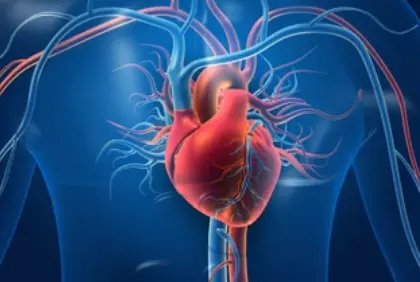 Welcome
Welcome
“May all be happy, may all be healed, may all be at peace and may no one ever suffer."
- A
- B
- C
- D
- E
- F
- G
- H
- I
- J
- K
- L
- M
- N
- O
- P
- Q
- R
- S
- T
- U
- V
- W
- X
- Y
- Z
Ocular hypertension - Generics
Ocular hypertension is a condition in which the pressure inside the eye (intraocular pressure) is higher than normal, but without any associated vision loss or damage to the optic nerve. It is typically diagnosed during a routine eye exam, where the eye pressure is measured using a tonometer.
Ocular hypertension is a risk factor for the development of glaucoma, a group of eye diseases that can cause irreversible vision loss and blindness. However, not all people with ocular hypertension will develop glaucoma. Risk factors for the development of glaucoma in people with ocular hypertension include age, family history of glaucoma, corneal thickness, and the presence of optic nerve damage or visual field defects.
Treatment of ocular hypertension is aimed at reducing the intraocular pressure to prevent the development of glaucoma. This can include the use of eye drops that decrease the production of aqueous humor (the fluid in the eye that helps maintain eye pressure) or increase its outflow from the eye. Other treatment options may include laser therapy or surgery to improve drainage of the aqueous humor.
In addition to medical treatment, lifestyle modifications can also help reduce the risk of developing glaucoma. These include maintaining a healthy weight, avoiding smoking, wearing protective eyewear when participating in activities that may cause eye injury, and getting regular eye exams to monitor eye health and intraocular pressure.

Abscesses

Musculoskeletal and joint...

Strabismus

Iodine deficiency
Hepatic encephalopathy

Occular infection

Psittacosis

Ischaemic heart disease
Ocular hypertension, ওকুলার হাইপারটেনশন
To be happy, beautiful, healthy, wealthy, hale and long-lived stay with DM3S.